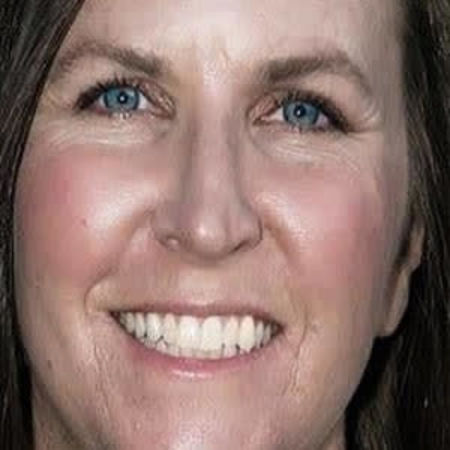New mother Deahna Visscher was feeling hopeful. Although her son Grant had been born with a heart defect, he was doing very well after surgery. Just 11-days old, doctors felt he could soon leave the hospital. But that didn’t happen. A nurse incorrectly inserted a feeding tube piercing the little infant’s trachea and filling his lungs with fluid. “The nurse asked me to go out into the hall and ask for help,” recalls Deahna. “I told them my son was turning blue and I watched as 20 staff members tried to resuscitate him. “ Grant was pronounced dead at 9:10 p.m.
Since that tragic night in 2008, Deahna Visscher has become a fierce patient advocate. The Patient Safety Movement Foundation (PSMF) is happy to announce her participation in a compelling panel on Nasogastric Feeding and Draining Tube Placement and Verification at the 6th Annual World Patient Safety, Science & Technology Summit on Saturday, February 24, 2018. Feeding and draining tubes are used routinely in hospitals and a recent study showed that 59% of nasogastric feeding tubes are misplaced in newborn children less than four weeks old, causing serious harm and in some cases death.1
Since Grant’s tragic death, Children’s Hospital Colorado has crafted procedures to ensure that such errors are not repeated. Their procedures and those of multi-disciplinary experts were utilized in creating a new “Actionable Patient Safety Solutions” (APSS) developed by the PSMF which will be released publicly during the summit.
What is Nasogastric Feeding and Draining Tube Placement and Verification and why is it critical to patient safety? Nasogastric tubes (NGTs) are a commonly used in clinical practice for decompression or for administering nutrition, fluids, and medications.
Studies of adult patients report NGT misplacement with serious harm to patients in 1.3 to 3.2% of tube placements (Gilbertson 2011,Bourgault 2009). A 2009 study of tube placements in neonates (infants less than four weeks old) showed that 59% of NGTs are misplaced the majority of these in the esophagus (October 2009).
The 6th Annual World Patient Safety panelists are:
Moderator Frances Healey, Ph.D., RN, Deputy Director of Patient Safety, National Health Service Improvement – Dr. Healey’s role includes leading the National Patient Safety Alerting System and clinical review teams of all nationally reported death and severe harm incidents.
Panelists include:
- Beth Lyman, MSN, RN, CNSC, Senior Program Coordinator, Children’s Mercy Kansas City – Lyman is a member of the board of directors of the American Society of Parenteral and Enteral Nutrition. She worked with the board to develop the New Opportunities for Verification of Enteral tube Location (NOVEL) project which is an inter-organization, inter-disciplinary and international effort to promote best practice for NG tube placement verification.
- Deahna Visscher, Patient Advocate –Since the death of her son in 2008, Visscher has been on a mission to prevent further deaths from misplaced feeding tubes. She sits on the Patient Safety and Reliability Committee at Children’s Hospital Colorado and the New Opportunities for Verification of Enteral tube Location (NOVEL) project.
- Christine Peyton, RN, Clinical Nurse Specialist, Children’s Hospital Colorado – Peyton promotes, develops and implements evidence-based best practices for pediatric nursing. She’s a clinical expert on revision and development of policies and guidelines for pediatric cardiology and critical care.
- David Kershenobich, MD, Director General, Instituto Nacional de Ciencias Medicas y Nutrición Salvador Zubiran – Former member of the Board of Governors of the National University of Mexico (UNAM) (2005-2012), Dr. Kershenobich served as Mexico’s Surgeon General from October 2011 to June 2012 and is Past President of the International Association for the Study of the Liver and the National Academy of Medicine of Mexico. He is an Honorary Fellow of the Royal College of Physicians, England.
For more information, please visit the Patient Safety Movement Foundation website.
Latest Articles
Mother who lost infant son joins panel at World Patient Safety, Science & Technology Summit























